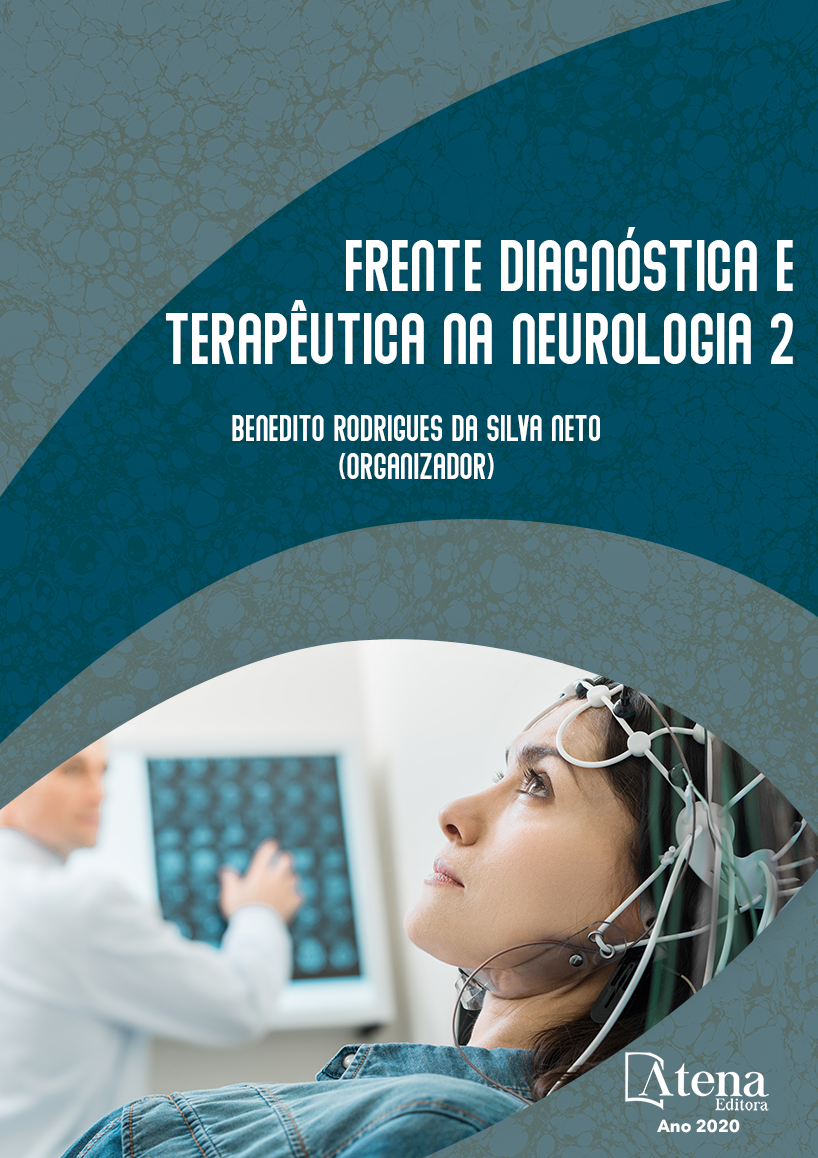
SÍNDROME DE STURGE-WEBER ACOMPANHADA DE ALOPECIA: UMA NOVA APRESENTAÇÃO CLÍNICA?
A Síndrome de Sturge-Weber (SSW) é a terceira patologia mais comum de um grupo heterogêneo de síndromes neurocutâneas marcadas pela presença de forte carga genética, com angiomas envolvendo a pele da face e leptomeninges, e glaucoma associado a anormalidades vasculares oculares. O presente relato de caso, trata de um paciente do sexo masculino, 39 anos, branco, natural do estado da Bahia, que desde os 2 anos de idade apresenta crises convulsivas de difícil controle, diagnosticado com SSW após realização de neuroimagem há 2 anos, porém sem apresentar nevo flamíneo ou alterações oculares, mas com a presença de área de alopecia na região fronto-parietal direita de aproximadamente 5cms de diâmetro. À busca na literatura de dados relacionados a etiopatogenia da SSW e aos casos de síndromes neurocutâneas associadas a alopecia, presume-se que o angioma de leptomeninges, típico da SSW, esteja relacionado a gênese da alopecia. Frente à apresentação rara, procurou-se através deste relatar uma possível nova forma clínica da SSW.
SÍNDROME DE STURGE-WEBER ACOMPANHADA DE ALOPECIA: UMA NOVA APRESENTAÇÃO CLÍNICA?
-
DOI: 10.22533/at.ed.56120280126
-
Palavras-chave: Síndrome de Sturge-Weber. Alopecia. Angiomatose
-
Keywords: Sturge-Weber Syndrome. Alopecia. Angiomatosis
-
Abstract:
Sturge-Weber Syndrome (SWS) is the third most common pathology of a heterogeneous group of neurocutaneous syndromes characterized by the presence of a strong genetic load, with angiomas involving the facial skin and leptomeninges, and glaucoma associated with ocular vascular abnormalities. The present case report deals with a 39-year-old male, white, from Bahia, who, since 2 years of age, had convulsive seizures of difficult control, diagnosed with SWS after neuroimaging 2 years ago, but without nevus flamineus or ocular changes, but with the presence of alopecia area in the right fronto-parietal region of approximately 5 cm in diameter. The search in the literature of data related to the pathogenesis of SWS and to the cases of neurocutaneous syndromes associated with alopecia, is presumed that the leptomeninges angioma, typical of SWS, is related to the genesis of alopecia. In view of the rare presentation, we attempted to report a possible new clinical form of SWS.
-
Número de páginas: 8
- Raíssa poletto maluf Amaral
- Jeferson Santiago
- Heron Fernando de Sousa Gonzaga
- Márcio Alves da Cruz Júnior


